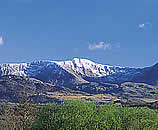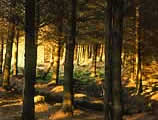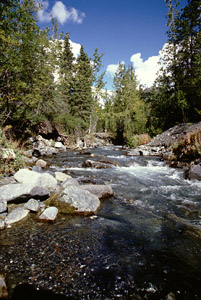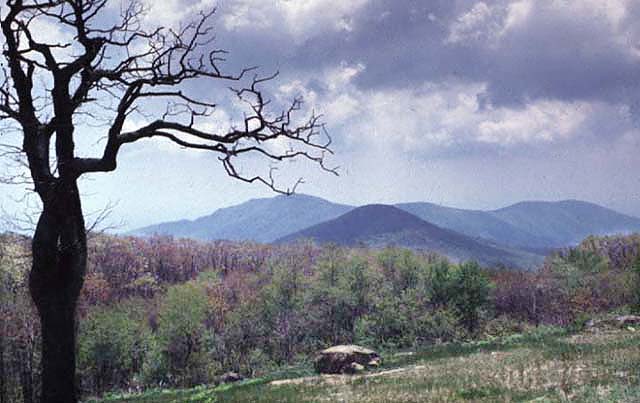
John Muir a prophet in the wilderness ( by timo )
Who was John Muir?
John Muir (1838-1914) was America's most famous and influential naturalist and conservationist. He is one of California's most important historical personalities. He has been called "The Father of our National Parks," "Wilderness Prophet," and "Citizen of the Universe." He once described himself more humorously, and perhaps most accurately, as, a "poetico-trampo-geologist-botanist and ornithologist-naturalist etc. etc. !!!!" Legendary librarian and author Lawrence Clark Powell (1906-2001), (anticipating an event that was not to occur until 2006), said of him: "If I were to choose a single Californian to occupy the Hall of Fame, it would be this tenacious Scot who became a Californian during the final forty-six years of his life."
As a wilderness explorer, he is renowned for his exciting adventures in California's Sierra Nevada, among Alaska's glaciers, and world wide travels in search of nature's beauty. As a writer, he taught the people of his time and ours the importance of experiencing and protecting our natural heritage. His writings contributed greatly to the creation of Yosemite, Sequoia, Mount Rainier, Petrified Forest, and Grand Canyon National Parks.

His words and deeds helped inspire President Theodore Roosevelt's innovative conservation programs, including establishing the first National Monuments by Presidential Proclamation, and Yosemite National Park by congressional action. In 1892, John Muir and other supporters formed the Sierra Club "to make the mountains glad." John Muir was the Club's first president, an office he held until his death in 1914. Muir's Sierra Club has gone on to help establish a series of new National Parks and a National Wilderness Preservation System.
Theodore Roosevelt ( 1858-1919 )

last battle to save the second Yosemite, Hetch Hetchy Valley, failed. But that lost battle ultimately resulted in a widespread conviction that our national parks should be held inviolate. Many proposals to dam our national parks since that time have been stopped because of the efforts of citizens inspired by John Muir, and today there are legitimate proposals to restore Hetch Hetchy. John Muir remains today an inspiration for environmental activists everywhere.

John Muir's life reminds us of the important things that just one person can do:
"If you think about all the gains our society has made, from independence to now, it wasn't government. It was activism. People think, 'Oh, Teddy Roosevelt established Yosemite National Park, what a great president.' BS. It was John Muir who invited Roosevelt out and then convinced him to ditch his security and go camping. It was Muir, an activist, a single person." -- Patagonia founder and outdoor enthusiast Yvon Chouinard in a ( recent Sierra Magazine interview).













































